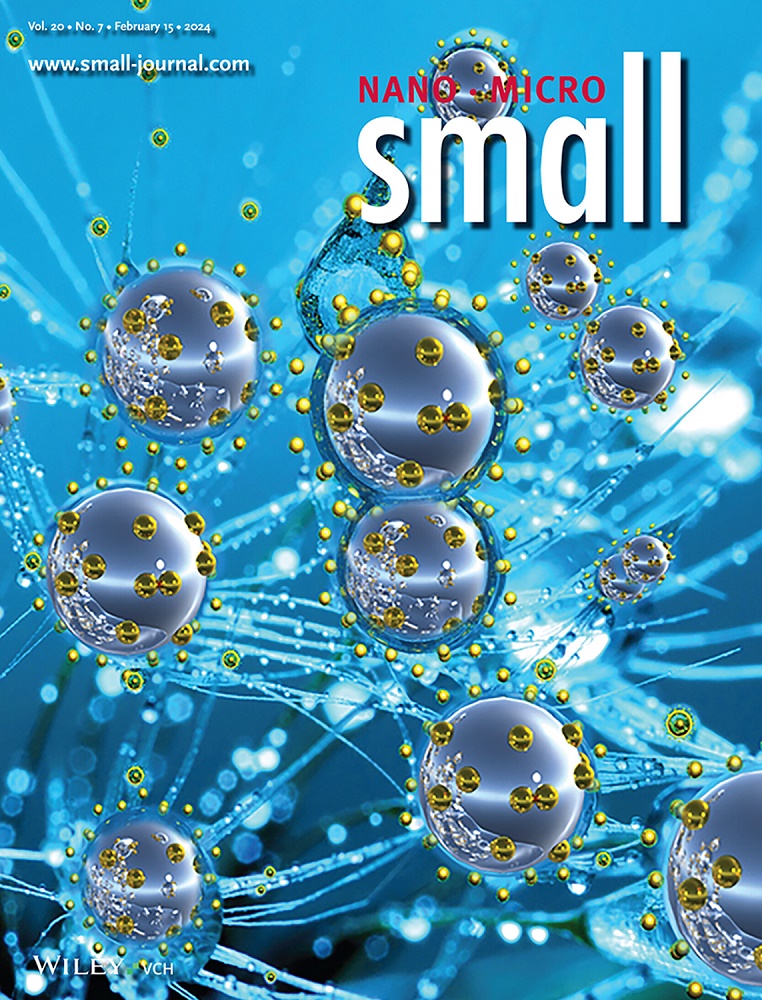Nitrogen-Doped Hard Carbon Anode from Redwood Biomass for Sodium-Ion Batteries with High Initial Coulombic Efficiency and Enhanced Rate Capability.
IF 12.1
2区 材料科学
Q1 CHEMISTRY, MULTIDISCIPLINARY
引用次数: 0
Abstract
Hard carbon (HC) is regarded as a promising anode candidate for sodium-ion batteries (SIBs) due to its natural abundance, high theoretical capacity, optimal operation potential, and superior cycling stability. However, it suffers from low initial coulombic efficiency (ICE) and poor rate capability. Herein, a series of HC-x are prepared by carbonizing chemically-treated waste African redwood at various temperatures of x °C under Ar for 2 h. The optimal HC-1300 is further nitrogen-doped by annealing with melamine at 800 °C under N₂ for 2 h to form N-HC-1300. The N-HC-1300 exhibits a high discharge capacity of 350.1 mAh g-1 at 0.1 C, a high ICE of 90.1%, excellent rate capability (e.g., 260.4 mAh g-1 at 1 C), and superior cycling stability (e.g., 262.7 mAh g-1 after 1200 cycles at 1 C with 96.5% retention). When paired with an N-HC-1300 electrode, the Na3V2(PO4)3 (NVP) delivers a high initial discharge capacity of 108.7 mAh g-1, an average operating voltage of 3.3 V, and an ICE of 92.9%. At 1 C, the NVP retains 80.2 mAh g-1 after 300 cycles with 93.4% capacity retention. The enhanced performance is attributed to hierarchical pore and channel structures, enlarged carbon layer spacing, and nitrogen doping of N-HC-1300.红木生物质氮掺杂硬碳阳极用于高初始库仑效率和增强倍率性能的钠离子电池。
硬碳(HC)由于其天然丰度高、理论容量大、运行潜力大、循环稳定性好等优点,被认为是钠离子电池(sib)极具发展前景的阳极材料。但其初始库仑效率(ICE)较低,速率能力较差。本文将经过化学处理的非洲红木废料在不同温度x℃、氩气条件下碳化2 h,制备了一系列HC-x。将最佳HC-1300在800℃、n2条件下用三聚氰胺掺杂退火2 h,得到N-HC-1300。N-HC-1300在0.1℃下具有350.1 mAh g-1的高放电容量,90.1%的高ICE,出色的倍率能力(例如,在1℃下,260.4 mAh g-1)和卓越的循环稳定性(例如,在1℃下1200次循环后,262.7 mAh g-1,保留率为96.5%)。当与N-HC-1300电极配对时,Na3V2(PO4)3 (NVP)提供了108.7 mAh g-1的高初始放电容量,平均工作电压为3.3 V, ICE为92.9%。在1℃下,NVP在300次循环后保持80.2 mAh g-1,容量保持率为93.4%。N-HC-1300的性能增强主要归因于分层孔和通道结构、扩大碳层间距和氮掺杂。
本文章由计算机程序翻译,如有差异,请以英文原文为准。
求助全文
约1分钟内获得全文
求助全文
来源期刊

Small
工程技术-材料科学:综合
CiteScore
17.70
自引率
3.80%
发文量
1830
审稿时长
2.1 months
期刊介绍:
Small serves as an exceptional platform for both experimental and theoretical studies in fundamental and applied interdisciplinary research at the nano- and microscale. The journal offers a compelling mix of peer-reviewed Research Articles, Reviews, Perspectives, and Comments.
With a remarkable 2022 Journal Impact Factor of 13.3 (Journal Citation Reports from Clarivate Analytics, 2023), Small remains among the top multidisciplinary journals, covering a wide range of topics at the interface of materials science, chemistry, physics, engineering, medicine, and biology.
Small's readership includes biochemists, biologists, biomedical scientists, chemists, engineers, information technologists, materials scientists, physicists, and theoreticians alike.
 求助内容:
求助内容: 应助结果提醒方式:
应助结果提醒方式:


